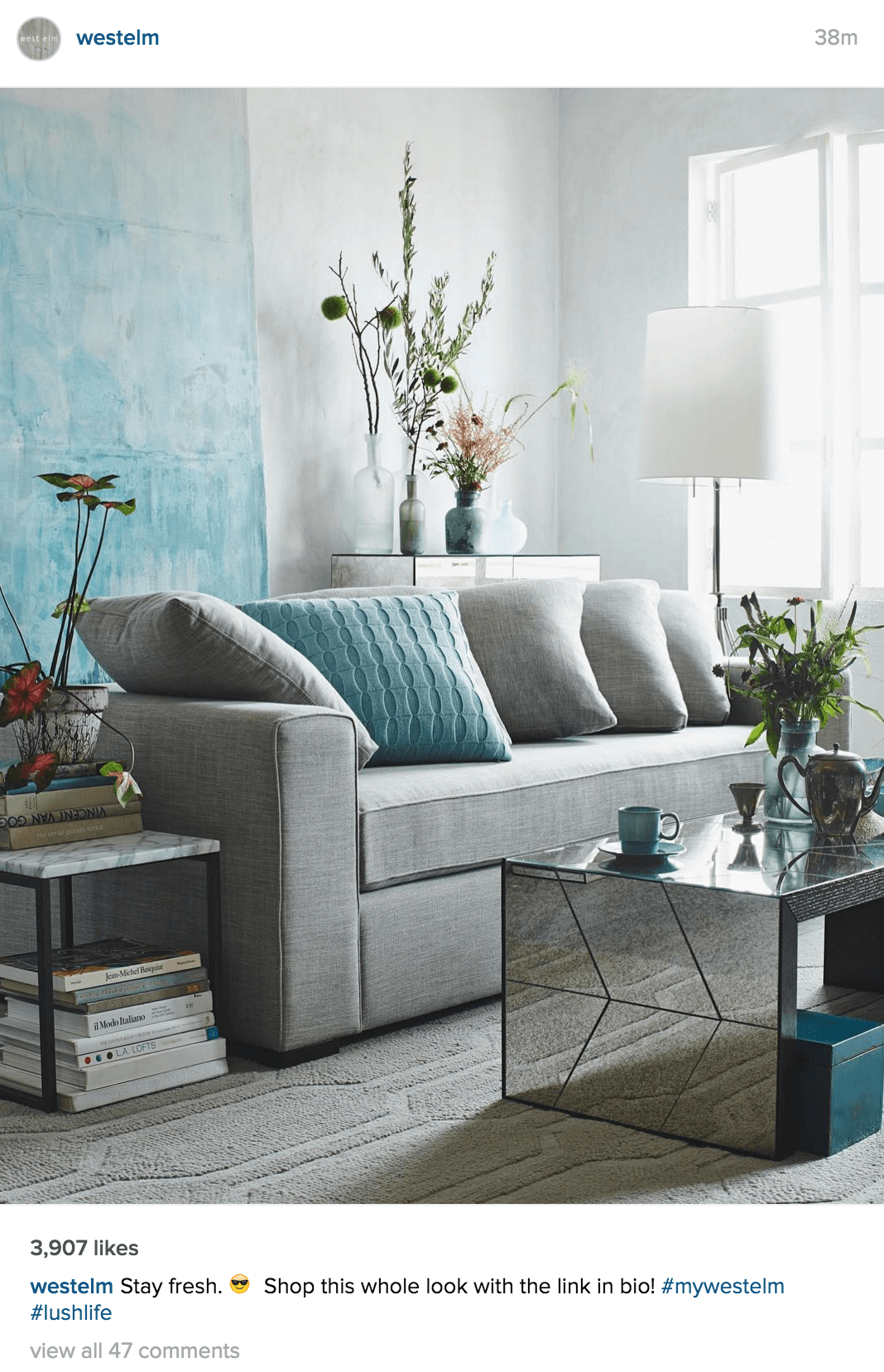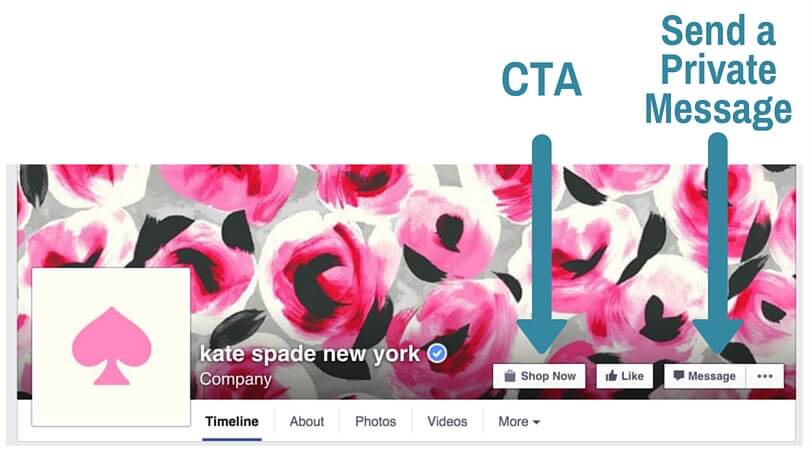From Xanga, to MySpace, to Facebook, to Instagram, social media has exploded over the last decade or two. Today, there are over 200 social media channels available for people to use. So, which channels should you use for your business when crafting a B2C social media marketing strategy?
For a while now, everyone’s been trying to cover all of the mainstream social media channels: Facebook, Twitter, Instagram, YouTube, and LinkedIn. But if you don’t have a robust team to man all of these channels, trying to maintain a presence across all six channels may hurt you more than it will help you. Whether you choose to focus on two social media channels or ten, you have to make sure you’ll be able to own every channel you embark upon.
There’s nothing worse than a customer tweeting for support, only to receive a response days later (attention spans and expected response times on Twitter are down to minutes!). At that point, the customer has probably already called and emailed customer support and, ideally, come to a resolution. Whether you’re aiming to provide customer support, build your online community, or promote products, social media channels are about engagement. So you must be prepared to respond in a timely manner when your customers and prospects engage you!
Choosing the Right Channels for B2C Social Media Marketing
Last year, we found that Facebook and Twitter were the top social media channels to focus on. Today, while Facebook and Twitter tend to earn companies more followers, engagement rates have slowed compared to those on Instagram. We’ll review the top social media channels to choose from in order of the ones currently receiving the most engagement to those with the least engagement. It’s important to keep in mind where your ideal customer spends their time, just because some social media channels receive better engagement rates doesn’t mean your ideal customer necessarily spends their time there!
#1. Instagram
Not long ago, we wrote about why you shouldn’t discount Instagram for your social media efforts, and recent reports have been published that reveal Instagram as the social media channel receiving the most engagement.
Instagram’s user base has grown rapidly since it was acquired by Facebook in 2014, growing from 30 million registered users to over 400 million registered users today. From big name brands such as Sephora and Old Navy, to self-made momtrepreneurs, lifestyle bloggers, and photographers, Instagram offers its users a simple, straightforward, image-driven way to follow their favorite brands, organizations, and individuals.
As the internet and social media channels continue to be flooded with more and more content, Instagram maintains a simple, focused stream of images that’s easy for any user to browse through at their leisure. This simple stream not only allows users to stay focused on what they choose to follow, but it also means the ads that come up feel less intrusive because they follow a very similar format to regular Instagram posts.
You should use Instagram if any of the following applies to you…
- Your customers value design, style, and aesthetics
- You’re selling visually appealing products
- You, yourself, can offer an engaging day-to-day experience
- You can share daily progress and growth. Some examples include…
- Fitness
- Product Reviews
- Service Impact
- Style
- Your ideal customer is a teenager or between the ages of 18-29
Not sure where to start? You can read more about using Instagram or learn how to optimize your profile!
#2. Facebook
Facebook has long been the standard for social media marketing and advertising. With over 1 billion daily active users, there are plenty of prospects you can reach and existing customers you can engage on Facebook. If you don’t have any social media channels setup yet, Facebook should be one of the first profiles you setup. Having a Facebook Company Page filled with thoughtfully published updates and recent community engagements will quickly make your company look established and allow those unfamiliar with your brand to get a feel for who you are and how you communicate with your customers.
As a Facebook advertiser, you can take advantage of the wealth of data Facebook collects from its users. You can choose to serve ads to people based on location, specific demographics, interests, past purchases, and more. Even if you’re not ready for Facebook advertising, you can still use your company page to drive users to a CTA for your current campaign and gather insights on those engaging with your page.
Facebook is a great place to start for brand awareness and online selling, but it’s also an ideal social media channel for customer service and community. While responding to frustrated customer tweets in 140 characters or less for all the world to see can be a daunting challenge, Facebook gives you the capability to hide inappropriate comments as well as respond directly to them. You can respond directly to comments for all the world to see, or Facebook has even rolled out private messaging in order to make it easier for customers to contact businesses directly. No more digging through your email to respond to your latest website inquiry!
You should use Facebook if your goal is to accomplish any of the following via social media:
- Brand Awareness
- Community Building
- Customer Service
- Online Selling
#3. LinkedIn
If you’re going for engagement and you’ve already mastered Instagram, consider LinkedIn. LinkedIn is constantly improving its offerings and has become one of the top publishing platforms on the web. Its most engaged users tend to be educated and experienced and the professional quality of content on LinkedIn means those browsing around are more engaged and spend more time reading content on LinkedIn.
When publishing to LinkedIn, be mindful of how and what you share because the user base is professional. Keep in mind that prospects spending time on LinkedIn are likely thinking about work, prospecting sales, or educating themselves. So publishing a company update that’s a blunt push for a product may seem out of place amongst professional how-to articles.
Whether you’re announcing a sale or sharing an educational post, think of title updates that organically relate to any of the thoughts and concerns your audience may be experiencing throughout their workday. Be sure to mention the relatable thought or concern in your title and provide a thoughtful explanation to why you thought your update, sale, or product relates to their day to day activities.
You should use LinkedIn if…
- Your ideal customer is
- a working professional
- highly educated
- 30-55 years old
- You’re prepared to produce professional quality images, updates, and blog posts
- You’re selling higher priced products and services (more likely affordable to experienced working professionals)
#4. Pinterest & Google+
Pinterest has been a bit confusing for marketers wondering about whether ad spend is worthwhile, but in terms of getting found organically, Pinterest is one of the best places to be. Similarly, Google+ has been continuing to grow its user base for years but is most useful for helping your content get found on Google.
If you’re putting effort into producing blog posts, infographics, or other digital content to drive people to your website, you may as well share these links to your website with a clean cut image and descriptive text on Google+.
If any of the following applies to your business, then pin to Pinterest too!
Take 10-15 minutes to create an image in Canva to pin a link to your content on Pinterest if:
- Your ideal customer is female
- Your customers enjoy DIY
- Your customers might be more “dreamers” than “buyers” (Many Pinterest users often browse for inspiration and create boards for their dream homes. If you’re looking to go after a wealthier customer, try Houzz instead of Pinterest)
- Your customers like any of the following/your product or service falls under any of the following:
- Cooking
- Fashion
- Hair & Makeup
- Crafts
- Art
- Infographics (did you know how easy it is to discover tons of infographics on Pinterest?!)
- Interior Design
- Gardening
- Event Planning
- Traveling
- Working Out
I wouldn’t spend too much time on Pinterest (and be careful, it’s very easy to get sucked into an ever-scrolling session of discovery on Pinterest too…), just make sure to create boards that make sense to your customers and stay true to your brand. Think of Pinterest as an additional channel through which your company and your content can be found on the web.
But What About Twitter?
At this point in time, I’d honestly recommend using Twitter if you’re a B2B company. While there are more than 320 million individuals using Twitter every month, the attention span and short communications can be challenging to engage customers with unless you’re a celebrity or established brand.
Consider using Facebook over Twitter if you’re looking to provide social customer support because Facebook gives you more control over your online presence and allows you more than 140 characters to respond. The companies that succeed with customer support on Twitter tend to have a team of individuals that are ready to respond immediately and can communicate properly throughout departments so a customer isn’t suddenly bombarded on a variety of channels or encountering a disconnect when handed off from Twitter to a phone call or email.
 If you’d really like to use Twitter, consider it as a platform for brand awareness or possibly an appropriate opportunity to advertise sales and events. But it really might be more worthwhile to promote sales and events on Facebook or Instagram where users are more likely to spend more time reading through your post and viewing your content.
If you’d really like to use Twitter, consider it as a platform for brand awareness or possibly an appropriate opportunity to advertise sales and events. But it really might be more worthwhile to promote sales and events on Facebook or Instagram where users are more likely to spend more time reading through your post and viewing your content.
Pick The Social Media Channels Right For Your Brand
So, pick your poison! Keeping in mind what your team can handle and where your ideal customer spends their time, dive into the social media channels that make the most sense for your customers, products, and services. When it comes to social, there is no one size fits all! So stay tuned, we’ll be discussing which social media channels make the most sense for B2B soon!



